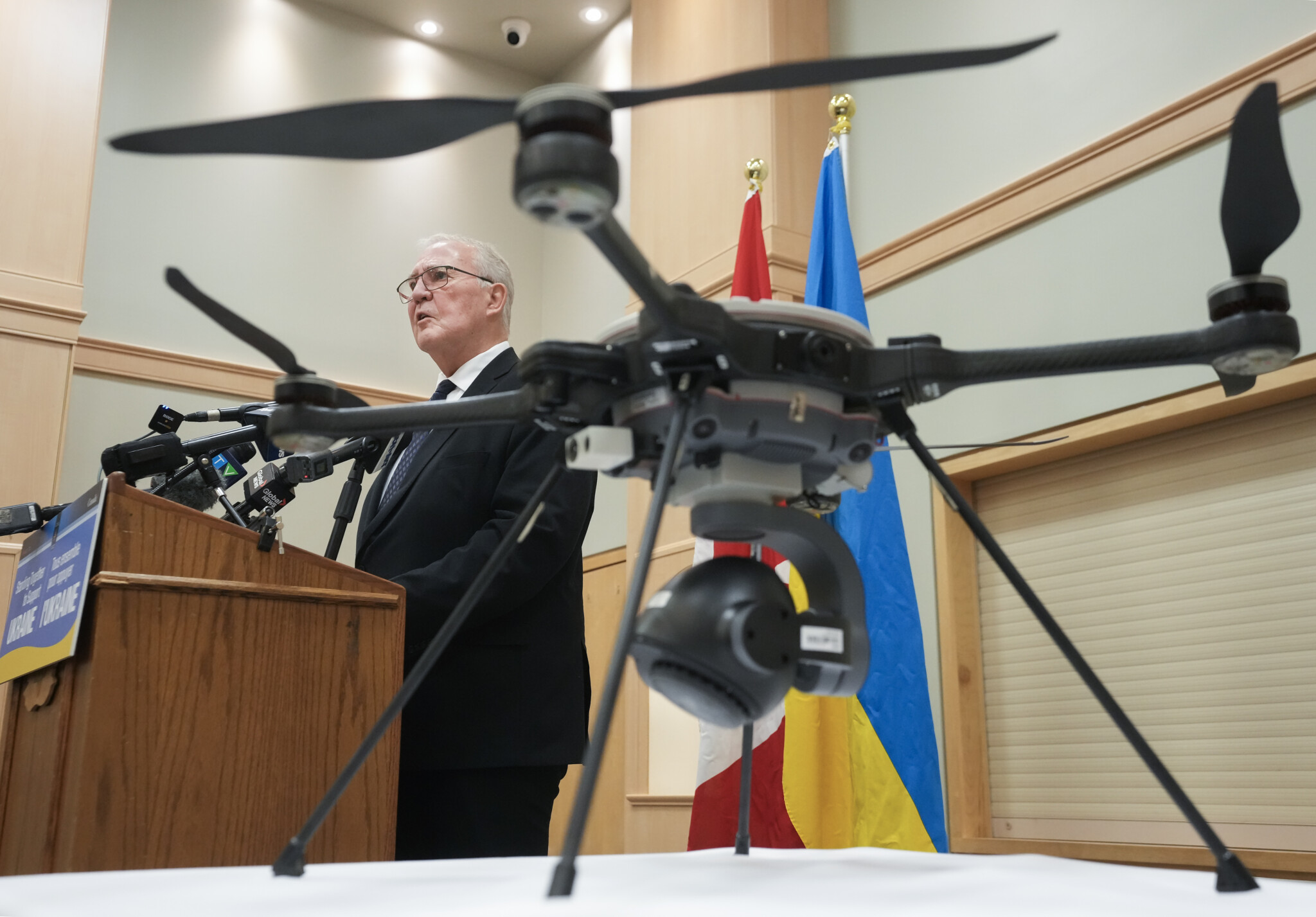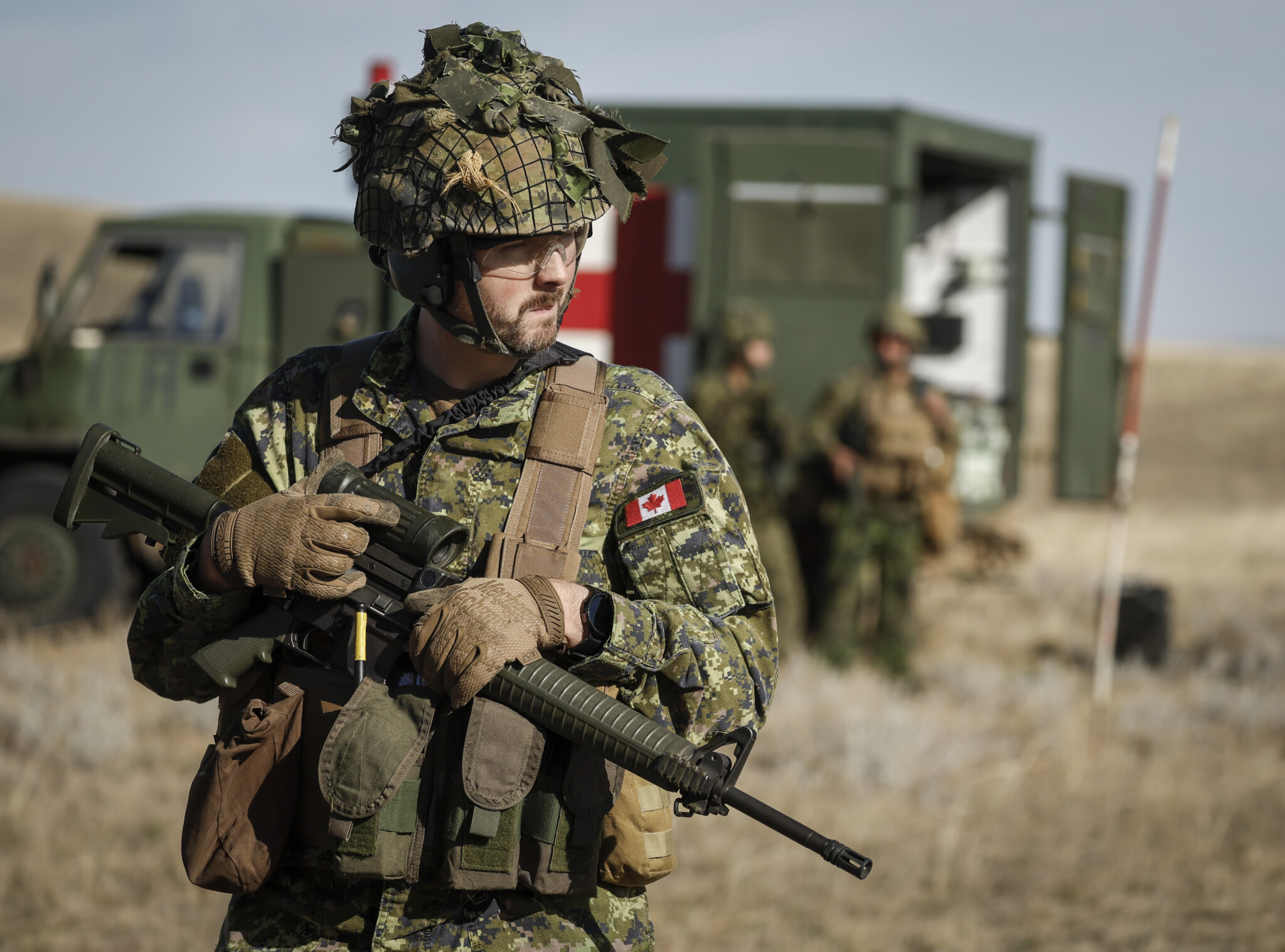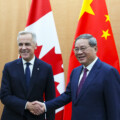Canada’s military and its entire national security and defence apparatus are in dire straits. If fixing the problem was an urgent priority before November 5th, it is even more so now that Donald Trump will once again be occupying the Oval Office down south.
Trump has made his ambivalent attitude toward stable international order abundantly clear. Also clear is the contempt he holds for those he feels are not holding up their share of the defence spending bargain and are instead content to ride America’s coattails. Canada cannot afford to let its most important bilateral relationship falter on national security grounds.
Failure has many fathers, and Canadian reform of its military and defence capabilities will need to take many forms. From securing the Arctic to increasing recruitment and retention rates to reconceptualizing the Canadian military’s role in the world, the incoming government will have its hands full. The Hub will touch on each of these particular aspects in the coming weeks and months. Fundamental, though, is the topic of procurement in an age of modern warfare. This is the first and foremost area of concern for those attempting Canadian defence reform.
Modern war
The Washington Post recently ran a feature article on what the Pentagon has learned from two years of war in Ukraine. It went into quite a bit of detail surrounding the emerging nature of war and the response required to adequately address its threat. It is among a number of similar such exercises published in the media and think tank world in the U.S.
In Canada, no such public analysis has occurred. Quite the opposite. Many of the lessons from recent international conflicts have not been absorbed at all. National Defence recently announced it was canceling the ground-based air defence program—a key army modernization priority to ensure its forces can operate safely in a future threat environment. While several successor programs were launched, they will likely be delivered after 2027, meaning Canada will take over a decade to deliver a program universally seen as one of the most critical currently being undertaken.
The Canadian Armed Forces are falling further behind its close allies. In some cases, it is decades behind on major technologies and is operating on a 21st-century battlefield with 20th-century weapons.
The point my columns have repeatedly returned to is that warfare is changing rapidly and in fairly profound ways—changes that mirror how shifts in networking, AI, and automation are changing our day-to-day lives. While this has been a decade-long transformation that long predates the 2022 war in Ukraine, the ongoing war there has been the most prominent laboratory to test and adapt some of these breakthroughs.
What’s become evident is that the system to acquire, adapt, and employ the new technologies must be radically altered, as well as ensuring that they can be delivered at scales commensurate to battlefield needs. Thus rapid innovation, such as Ukraine’s use of small drones against Russia, has become a key feature of the battlefield. Militaries are establishing organizations and processes where the opportunity to be reactive to threat environments and opportunities is given room to occur. The war in Ukraine has also made it clear that the procurement system is actually part and parcel of military strategy.
The most ambitious efforts in this arena can be found in the U.S., and one in particular is worth highlighting. The U.S. Department of Defense (DoD) has launched a program called Replicator—a pathway to acquire smaller drones rapidly and at scales that are sustainable for actual military operations. It involves a collaborative relationship with the private sector and a more flexible approach to acquisitions in order to rapidly scale up production. Behind Replicator there have been broader moves.
The U.S. and other NATO allies have started to implement reforms to their underlying procurement systems that address the new networking reality. Instead of developing single-program solutions that combine everything required, it’s become much more common to disaggregate them into smaller programs. This acknowledges and leverages the advantages afforded by robust battlefield networks and powerful data processing systems by creating more flexible responses to threats and distributing program risks across several programs.
Finally, the DoD has made great efforts to shore up its supply chains and prepare them for war. This year the U.S. Navy allocated $380 million dollars to eliminate bottlenecks that were slowing torpedo and missile production. The private sector has also stepped in. Recently, the upstart defence contractor Anduril unveiled its Barracuda to great fanfare—it sought to develop a lower-cost long-range cruise missile largely using off-the-shelf components and advanced manufacturing techniques.
As these examples illustrate, military programs are becoming less platform-focused; rather, they should be seen as technology management systems of larger systems. This is particularly true for cyber warfare and software-enabled capabilities that require continual updating and adaptation in order to maintain relevance.

Bill Blair, Minister of National Defence, makes an announcement regarding additional SkyRanger R70 drone support to Ukraine in Toronto, Feb. 19, 2024. Nathan Denette/The Canadian Press.
Canada is falling behind
Here in Canada, the Department of National Defence (DND), and even the government writ large, is poorly positioned to deal with this emerging environment. The procurement system is antiquated, ponderous, and unable to manage these titanic shifts. The crippling lack of expert staff members who can shepherd programs into success is a critical pain point.
If faced with another emergency, there is a persistent view that Canada could undertake a crash modernization to meet the threat, as it did during Afghanistan. However, this will not go smoothly. The system sits on the other side of the revolutionary Rubicon and simply pouring more money into DND will in the end result in sub-standard outcomes. The unfortunate reality is that Canadian forces are unprepared for even modest threats, and will become increasingly so as time goes on.
As things stand now, generally, Canada acquires a ship, tank, or aircraft, as an aggregated capability, drawing in all of the necessary systems into a single program. The government then acquires its in-service support and is often heavily reliant on contractors to fulfill this due to the lack of personnel within the military to effectively staff this area. It’s all highly inflexible, and attempting to employ it as it currently stands will only result in marginal outcomes at a highly inflated cost.
Reforming the entire system presents a number of challenges. In his classic work Winning the Next War, Stephen Rosen suggested that in peacetime, strong political leadership is required for military innovation to occur. They identify like-minded allies and create promotion pathways for individuals who will push through the implementation of reforms.
Currently, that political leadership does not exist here in Canada. There is no understanding of the magnitude of the challenge, just a superficial calculation that Canada must meet its 2 percent of GDP spending guideline without any connection to what that means in terms of military capability. Without such leadership, any actually meaningful effort will remain stalled.
Put simply, Canada can blunder on and throw enough money at the issue to simply meet its defence spending goals as a means of mollifying our American neighbours and other NATO allies, but without deeper thinking in place as to how that spending will occur, and to what future-focused end, we will not be fixing any fundamental problems of how our military functions. As Canada is too often prone to do, it will be all about optics and not about substance or actual performance.
There are a handful of individuals scattered within DND who grasp the magnitude of the challenge, but they are far too disparate and disorganized to effect the change required. The cutbacks and cultural reform efforts have forced many bright minds out of the service in disgust. The entire department as an organization is wholly focused on trying to keep the few lights on. It might be the worst environment to grapple with the revolutionary environment the military faces.
Substantial reorganization is likely the only path to successfully bring these desperately needed reforms. This should be the number one priority for Pierre Poilievre’s Conservatives, assuming they form Canada’s next government. Even if a major increase in funding is not forthcoming, addressing the underlying issues with the defence procurement system is vitally necessary to prepare Canada for any military contingency it may face going forward.











